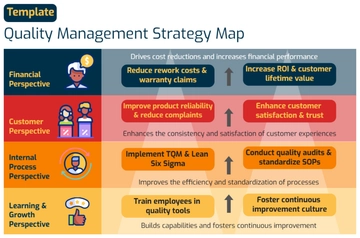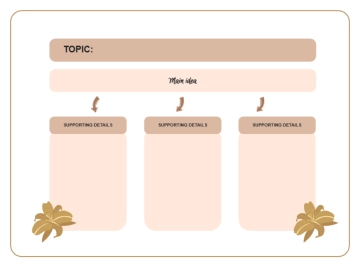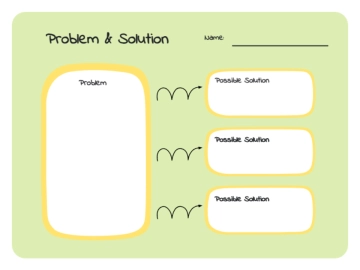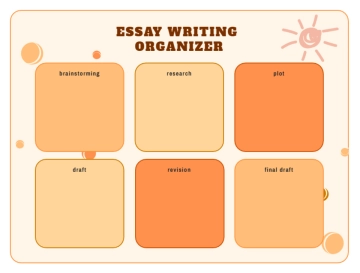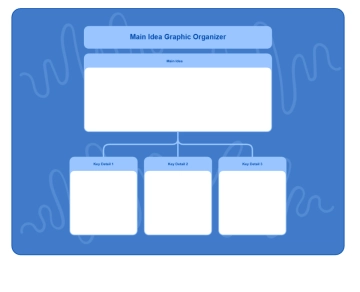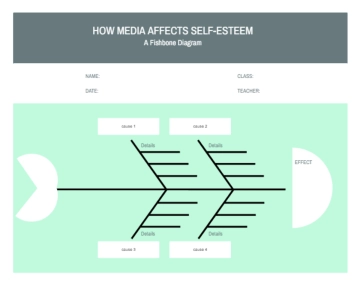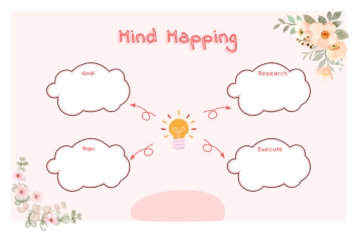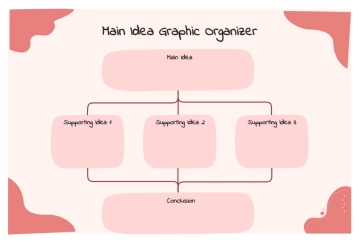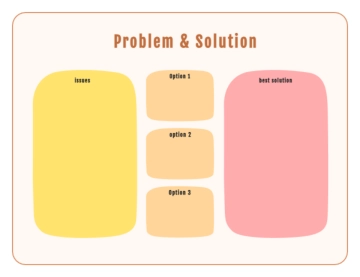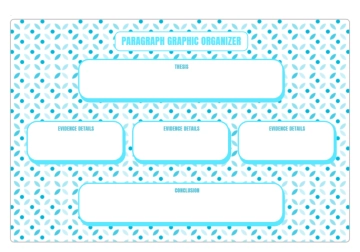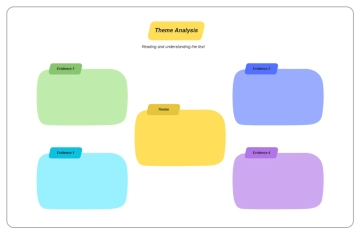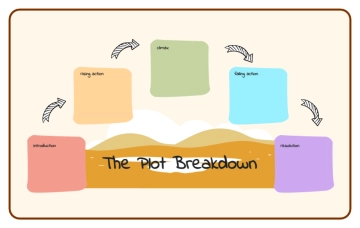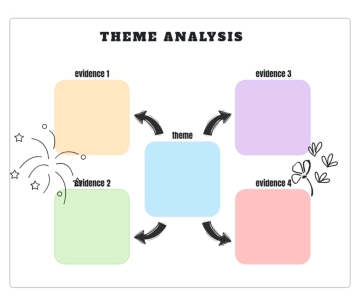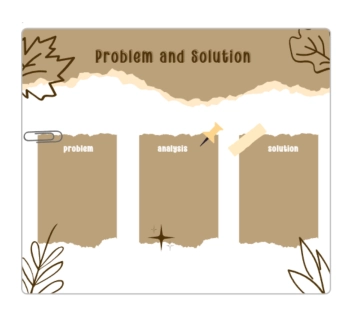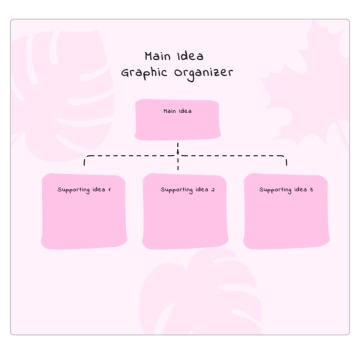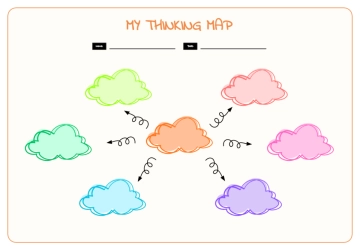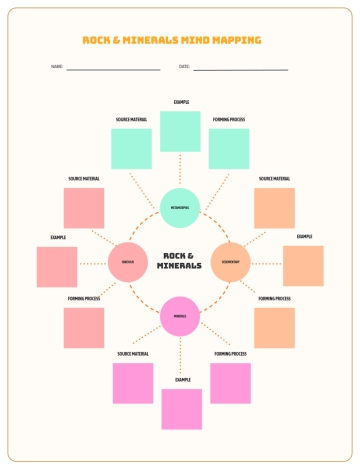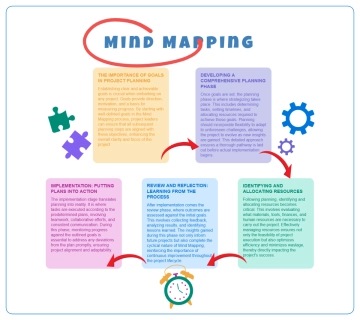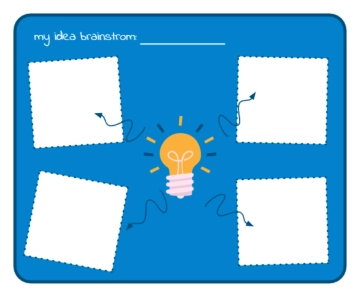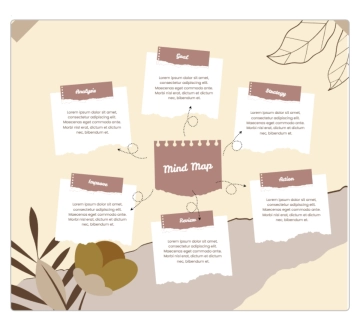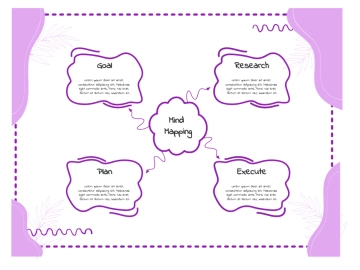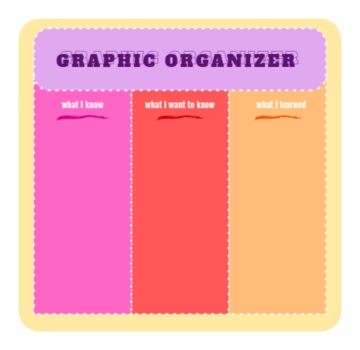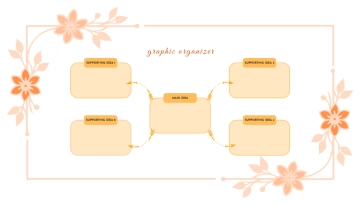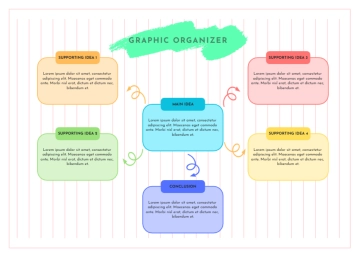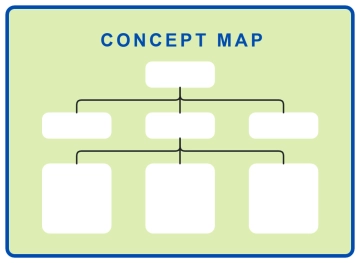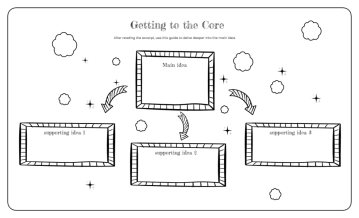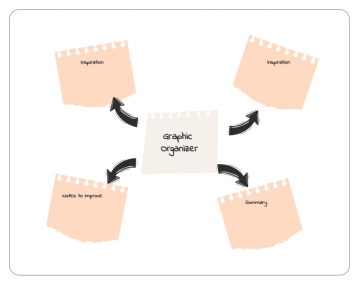Free Travel Agency Strategy Plan
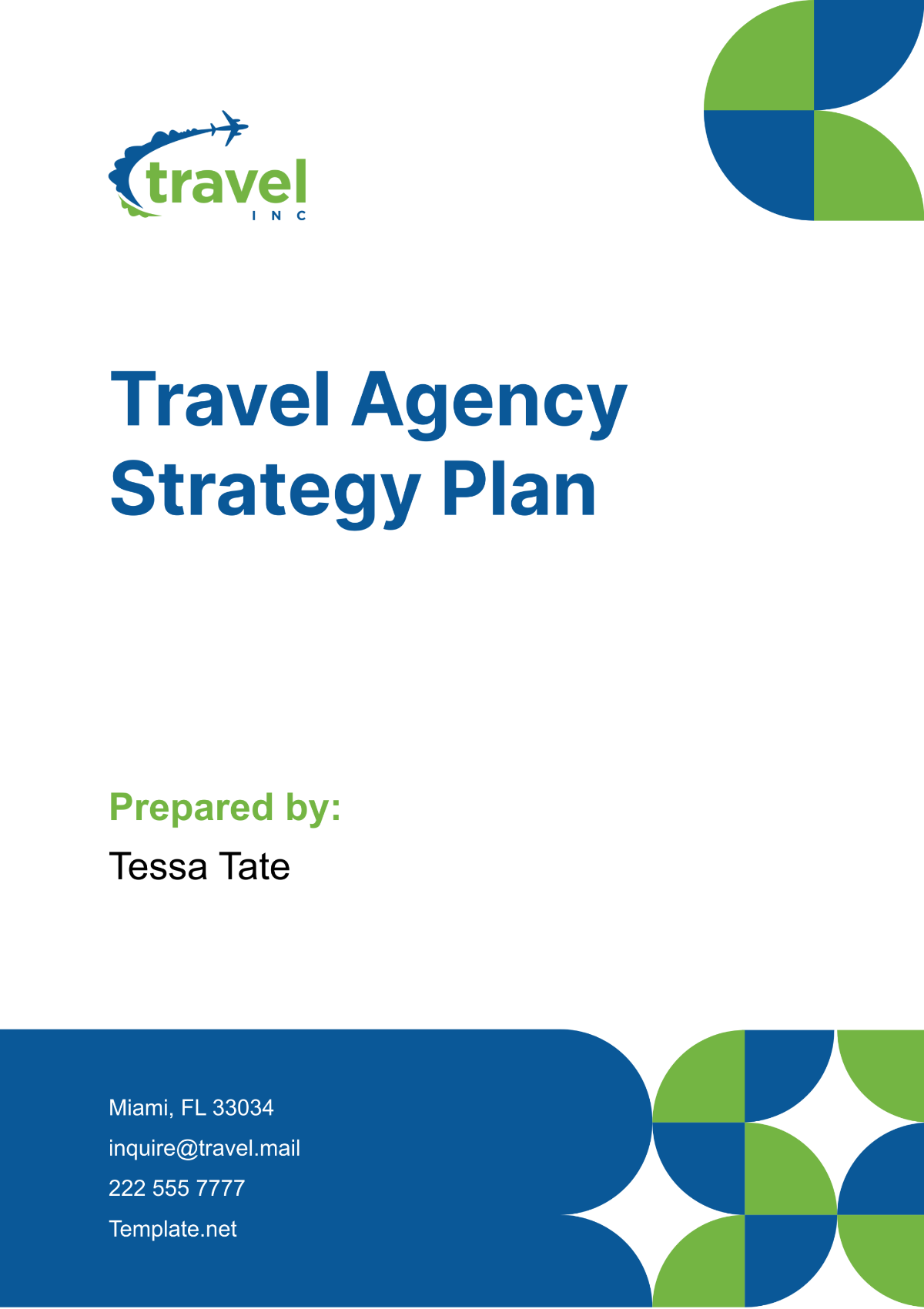
A. Executive Summary
[Your Company Name] is pleased to present our Travel Agency Strategy Plan, designed to elevate our market presence, enhance customer engagement, and streamline operational efficiency. With a keen focus on addressing both immediate challenges and long-term growth opportunities, this plan embodies our commitment to harnessing technology and in-depth customer insights to deliver personalized travel experiences. Our overarching goal is to fortify brand loyalty and venture into new markets by introducing innovative services that meet the evolving demands of modern travelers.
In pursuit of these objectives, we will implement strategic initiatives aimed at optimizing every aspect of our operations, from customer acquisition and retention to operational excellence and financial sustainability. By embracing a customer-centric approach and leveraging the latest advancements in technology, we are poised to achieve sustainable growth while upholding the highest standards of quality and compliance with US laws and regulations.
B. Market Analysis
As the travel industry continues to evolve, understanding market trends and consumer preferences is paramount for [Your Company Name]'s strategic positioning. In this section, we delve into key trends shaping the travel landscape, from the increasing demand for personalized packages and eco-friendly travel options to the surging interest in safe and secure travel experiences post-pandemic. By analyzing these trends, we aim to align our strategic objectives with market demands, ensuring our competitiveness and relevance in the dynamic global travel market.
The data depicts trends in the travel industry, showcasing a steady rise in demand for personalized packages, eco-friendly travel options, and safe and secure travel experiences. From 2050 Q1 to Q4, all three categories show a consistent upward trajectory, indicating a growing consumer preference for tailored, sustainable, and secure travel. These trends highlight opportunities for [Your Company Name] to capitalize on evolving market preferences and tailor its offerings to meet the demands of modern travelers, ensuring continued relevance and competitiveness in the industry.
C. Competitive Analysis
In this section, we conduct a comprehensive analysis of our top competitors in the travel industry. By examining their service offerings, online platforms, and market positioning, we gain valuable insights into the strategies driving their success. This analysis guides our approach to enhancing our competitive edge through strategic improvements in our online presence and user interface features.
Competitor | User-Centric Service Offerings | Online Platform Features |
|---|---|---|
A | Exceptional customer support and personalized travel recommendations | Intuitive website with seamless booking experience |
B | Tailored vacation packages and 24/7 assistance | Mobile app with user-friendly interface and real-time updates |
C | Unique travel experiences and loyalty rewards program | Robust online portal with advanced search filters and interactive maps |
D. Strategic Objectives
The strategic objectives are designed to steer the company towards growth and increased market share. The key objectives include:
Expand digital marketing efforts to reach a broader audience.
Develop partnerships with local and international tourism bodies.
Enhance customization of travel packages based on customer data analytics.
Implement sustainability practices in all packages offered.
Strengthen customer service with additional support channels.
E. Target Market Definition
In defining our target markets, we aim to align our offerings with the diverse preferences and needs of travelers across different demographics. Our primary focus is on millennials and Gen Z travelers, who represent a significant portion of the travel market and seek unique and personalized experiences. Additionally, we recognize the importance of catering to the baby boomer demographic, particularly those who prioritize luxury and comfort in their travel experiences.
1. Primary Target Markets
Millennial Travelers: With their adventurous spirit and desire for authentic experiences, millennials seek travel opportunities that allow them to explore new cultures, try local cuisines, and engage in immersive activities. They value flexibility, customization, and sustainability in their travel choices, preferring experiences that align with their values and interests.
Gen Z Travelers: As digital natives, Gen Z travelers are tech-savvy and socially conscious. They crave experiences that are Instagram-worthy and shareable, seeking out off-the-beaten-path destinations and unique activities that allow them to connect with local communities. Personalization and authenticity are key factors influencing their travel decisions.
2. Secondary Target Market
Baby Boomers: While baby boomers may have different travel preferences compared to younger generations, they represent a significant market segment with considerable purchasing power. Many baby boomers prioritize luxury, comfort, and relaxation in their travel experiences, opting for high-end accommodations, fine dining, and guided tours that offer convenience and peace of mind.
3. Tailoring Marketing Strategies
To effectively reach and engage with our target markets, we will tailor our marketing strategies to resonate with their preferences and spending habits. This includes leveraging digital channels such as social media platforms and influencer partnerships to connect with millennials and Gen Z travelers, while also highlighting the luxury and comfort aspects of our offerings to appeal to baby boomers. By understanding the unique needs of each segment, we can create targeted campaigns that drive brand awareness, customer acquisition, and loyalty within our target markets.
F. Services and Product Line
We offer a diverse range of travel packages which can be customized greatly to suit individual needs. Our product lines include:
Eco-tours and sustainable travel experiences.
Cultural and heritage tours.
Adventure travel including trekking, skiing, and water sports.
Luxury travel packages.
Wellness and retreat holidays.
G. Marketing and Sales Strategy
Our marketing and sales strategy will embrace digital innovation to maximize reach, engagement, and conversion rates. By leveraging a combination of SEO, content marketing, and social media engagements, we aim to establish a strong online presence and drive targeted traffic to our platforms.
1. Digital Marketing Initiatives
SEO Optimization: We will invest in optimizing our website and content to rank higher in search engine results, ensuring that we capture organic traffic from users actively seeking travel-related information and services.
Content Marketing: Engaging and informative content will be produced regularly to attract and retain our target audience. From travel guides and destination highlights to user-generated content and blog posts, our content strategy will cater to diverse interests and preferences.
Social Media Engagement: We will actively engage with our audience across various social media platforms, sharing visually compelling content, running interactive campaigns, and fostering community engagement to build brand awareness and loyalty.
2. Personalization and Data-driven Marketing
Utilizing customer data insights, we will tailor our marketing messages and offers to resonate with individual preferences and behaviors. By delivering personalized recommendations and targeted promotions, we aim to enhance customer engagement and drive conversions.
3. Sales Promotions and Discounts
Strategic sales promotions and discounts will be implemented during peak travel seasons to incentivize bookings and capitalize on increased demand. By offering attractive deals and packages, we aim to drive sales volume while maintaining profitability and customer satisfaction.
Through these initiatives, we will position [Your Company Name] as a leading provider of tailored travel experiences, driving growth and success in the competitive travel industry.
H. Operational Plan
Our operational plan is designed to optimize internal processes and enhance customer-facing operations, ensuring seamless service delivery and exceptional customer experiences. By focusing on key activities such as streamlining reservation systems, enhancing website functionality, and investing in staff training, we aim to elevate our operational efficiency and service quality to new heights.
1. Internal Process Optimization
Streamlining Reservation Systems: We will implement advanced reservation management systems to streamline the booking process, improve accuracy, and reduce processing times. By integrating automated tools and efficient workflows, we aim to enhance operational efficiency and minimize errors.
Enhancing Website Functionality: Our website is the primary touchpoint for customers, and we are committed to enhancing its functionality to provide a user-friendly and intuitive browsing experience. This includes optimizing navigation, improving search capabilities, and ensuring mobile responsiveness to cater to the needs of our tech-savvy customers.
2. Customer-Facing Operations
Staff Training and Development: We recognize the critical role of our staff in delivering exceptional service to our customers. Comprehensive training programs will be implemented to equip our team with the necessary skills and knowledge to exceed customer expectations and handle various scenarios effectively.
3. Adoption of Best Practices in Technology
We are committed to staying at the forefront of technological advancements in the travel industry. By adopting best practices and leveraging cutting-edge technologies, such as artificial intelligence and data analytics, we aim to enhance our operational efficiency, offer personalized experiences, and stay ahead of the competition.
I. Financial Projection and Budget
In this section, we outline our financial projections for the next three years, reflecting our anticipated revenue growth driven by expanded marketing initiatives and strategic partnerships. Our budget allocations prioritize digital transformation and marketing efforts, with a dedicated focus on sustainable practices to appeal to eco-conscious travelers.
Financial Projection
The line graph illustrates the financial projections for [Your Company Name] from 2050 onwards. The graph shows a steady increase in revenue over the three-year period, indicating a positive growth trajectory for the business.
Starting at $15.0 million in 2050, the revenue is projected to rise to $18.5 million in 2051 and further increase to $21.2 million in 2052. This upward trend reflects the successful implementation of our strategic initiatives, including expanded marketing efforts and strategic partnerships, driving increased sales and revenue generation over time.
These projections provide valuable insights into the financial health and growth potential of [Your Company Name], demonstrating our commitment to sustainable growth and financial success in the dynamic travel industry.
Budget Allocation
Category | Allocation (in $ millions) |
|---|---|
Digital Transformation | 4.0 |
Marketing | 5.5 |
Sustainable Practices | 2.0 |
Operational Enhancements | 1.8 |
J. Risk Management
Effective risk management is essential for [Your Company Name] to navigate the complexities of the travel industry and safeguard against potential disruptions. Our risk management strategies focus on proactively identifying and mitigating risks associated with geopolitical uncertainties, currency fluctuations, and evolving travel regulations.
1. Risk Identification and Monitoring
Geopolitical Situations: We continuously monitor geopolitical developments worldwide to assess potential impacts on travel safety and accessibility. By staying informed and proactive, we can mitigate risks and ensure the safety of our customers and staff.
Currency Fluctuations: Fluctuations in exchange rates can impact travel costs and profitability. We employ hedging strategies and closely monitor currency trends to mitigate financial risks and maintain competitive pricing for our customers.
Travel Regulations: Ever-changing travel regulations and restrictions require constant vigilance. We stay abreast of regulatory changes and adapt our operations and offerings accordingly to minimize disruptions and ensure compliance with local and international regulations.
2. Risk Mitigation Strategies
Flexible Booking Policies: Offering flexible booking options allows customers to adapt their travel plans in response to unforeseen circumstances, reducing the risk of cancellations and dissatisfaction.
Comprehensive Travel Insurance: We provide comprehensive travel insurance options to mitigate financial risks associated with trip cancellations, medical emergencies, and other unforeseen events, offering peace of mind to our customers and protecting their investment in travel.
K. Implementation Timeline
In this section, we outline an aggressive yet achievable timeline for the implementation of key strategic elements outlined in our Travel Agency Strategy Plan. By prioritizing branding enhancements, website improvements, staff training, and customer feedback integration, we aim to ensure a prompt and efficient rollout of initiatives that will drive our business forward.
Strategic Element | Timeline |
|---|---|
Branding Enhancements | Q3 2050 - Q1 2051 |
Website Improvements | Q2 2051 - Q4 2051 |
Staff Training and Development | Q1 2052 - Q2 2052 |
Service Development | Q3 2052 - Q4 2052 |
Customer Feedback Integration | Ongoing, starting Q1 2053 |
In closing, [Your Company Name] is poised to embark on an exciting journey fueled by innovation, customer-centricity, and a commitment to excellence. With a robust strategy in place, we are ready to seize opportunities, overcome challenges, and deliver unparalleled travel experiences to our customers. By staying true to our vision and values, we look forward to achieving sustainable growth, forging lasting partnerships, and making a positive impact in the dynamic landscape of the travel industry.
- 100% Customizable, free editor
- Access 1 Million+ Templates, photo’s & graphics
- Download or share as a template
- Click and replace photos, graphics, text, backgrounds
- Resize, crop, AI write & more
- Access advanced editor
Chart your course to success with Template.net's Travel Agency Strategy Plan Template. This editable and customizable document simplifies the creation of strategic plans for your agency's growth. Tailored for the travel industry, it ensures clarity and alignment with your business objectives. Editable in our Ai Editor Tool, it empowers you to craft a tailored strategy for success.
You may also like
- Finance Plan
- Construction Plan
- Sales Plan
- Development Plan
- Career Plan
- Budget Plan
- HR Plan
- Education Plan
- Transition Plan
- Work Plan
- Training Plan
- Communication Plan
- Operation Plan
- Health And Safety Plan
- Strategy Plan
- Professional Development Plan
- Advertising Plan
- Risk Management Plan
- Restaurant Plan
- School Plan
- Nursing Home Patient Care Plan
- Nursing Care Plan
- Plan Event
- Startup Plan
- Social Media Plan
- Staffing Plan
- Annual Plan
- Content Plan
- Payment Plan
- Implementation Plan
- Hotel Plan
- Workout Plan
- Accounting Plan
- Campaign Plan
- Essay Plan
- 30 60 90 Day Plan
- Research Plan
- Recruitment Plan
- 90 Day Plan
- Quarterly Plan
- Emergency Plan
- 5 Year Plan
- Gym Plan
- Personal Plan
- IT and Software Plan
- Treatment Plan
- Real Estate Plan
- Law Firm Plan
- Healthcare Plan
- Improvement Plan
- Media Plan
- 5 Year Business Plan
- Learning Plan
- Marketing Campaign Plan
- Travel Agency Plan
- Cleaning Services Plan
- Interior Design Plan
- Performance Plan
- PR Plan
- Birth Plan
- Life Plan
- SEO Plan
- Disaster Recovery Plan
- Continuity Plan
- Launch Plan
- Legal Plan
- Behavior Plan
- Performance Improvement Plan
- Salon Plan
- Security Plan
- Security Management Plan
- Employee Development Plan
- Quality Plan
- Service Improvement Plan
- Growth Plan
- Incident Response Plan
- Basketball Plan
- Emergency Action Plan
- Product Launch Plan
- Spa Plan
- Employee Training Plan
- Data Analysis Plan
- Employee Action Plan
- Territory Plan
- Audit Plan
- Classroom Plan
- Activity Plan
- Parenting Plan
- Care Plan
- Project Execution Plan
- Exercise Plan
- Internship Plan
- Software Development Plan
- Continuous Improvement Plan
- Leave Plan
- 90 Day Sales Plan
- Advertising Agency Plan
- Employee Transition Plan
- Smart Action Plan
- Workplace Safety Plan
- Behavior Change Plan
- Contingency Plan
- Continuity of Operations Plan
- Health Plan
- Quality Control Plan
- Self Plan
- Sports Development Plan
- Change Management Plan
- Ecommerce Plan
- Personal Financial Plan
- Process Improvement Plan
- 30-60-90 Day Sales Plan
- Crisis Management Plan
- Engagement Plan
- Execution Plan
- Pandemic Plan
- Quality Assurance Plan
- Service Continuity Plan
- Agile Project Plan
- Fundraising Plan
- Job Transition Plan
- Asset Maintenance Plan
- Maintenance Plan
- Software Test Plan
- Staff Training and Development Plan
- 3 Year Plan
- Brand Activation Plan
- Release Plan
- Resource Plan
- Risk Mitigation Plan
- Teacher Plan
- 30 60 90 Day Plan for New Manager
- Food Safety Plan
- Food Truck Plan
- Hiring Plan
- Quality Management Plan
- Wellness Plan
- Behavior Intervention Plan
- Bonus Plan
- Investment Plan
- Maternity Leave Plan
- Pandemic Response Plan
- Succession Planning
- Coaching Plan
- Configuration Management Plan
- Remote Work Plan
- Self Care Plan
- Teaching Plan
- 100-Day Plan
- HACCP Plan
- Student Plan
- Sustainability Plan
- 30 60 90 Day Plan for Interview
- Access Plan
- Site Specific Safety Plan
